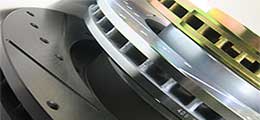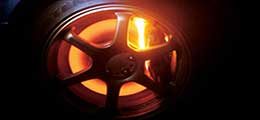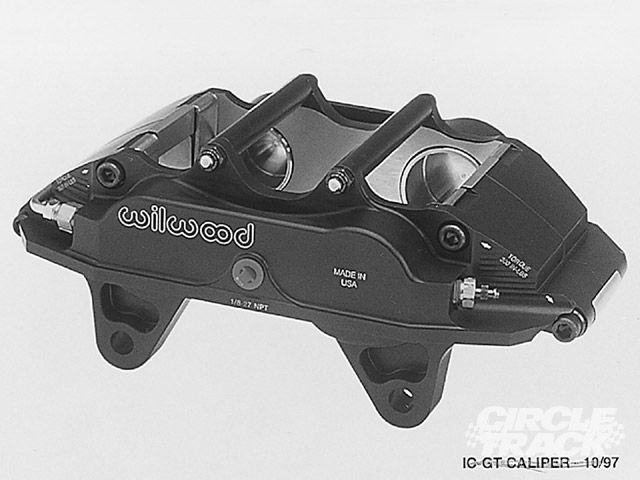
There is a very effective way for auto enthusiasts to reduce the brake fluid temperature overall during periods of high performance driving, and it involves making material changes to the brake caliper components.
There are several different types of metals that can be used as a connective between brake pads and brake system fluid, and it is the properties of the metals that will affect the thermal transfer of heat from one to the other.
We are going to review the various materials commonly used in brake caliper components in this article, and discuss thermal barriers that can be used to further shield heat transfer to a brake systems fluid.
Stock Caliper Metals Used
Stock brake caliper pistons that come from the factory are made from steel as a rule of thumb. You might find that stainless steel is being used in some high end performance vehicles. Additionally, you might also find performance calipers systems that include a stainless steel heat barrier being used to further insulate a hot brake rotor from its brake line fluid. By using stainless steel as an intermediary, a driver can effectively reduce the amount of heat transfer from pad to fluid by as much as 50%.
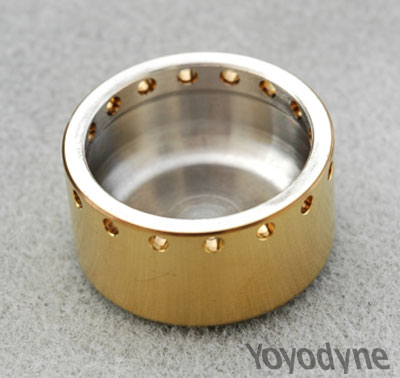
Ventalated Titanium Caliper Piston
To go one step further, titanium can be used in the manufacturing of brake caliper pistons to maximize thermal heat transfer retardation. Additional properties that make titanium a good choice include its tensile strength and lightweight properties. Sometimes, an entire brake caliper piston is cast in titanium; other times, piston calipers are merely coated in titanium oxide.
If a driver does not want to purchase a set of high end brake caliper systems that utilize titanium coated piston calipers, they may actually go in and crown tip their brake caliper pistons with titanium to reduce thermal heat transfer. This method, however, only results in a partial benefit from the use of titanium as a thermal barrier.
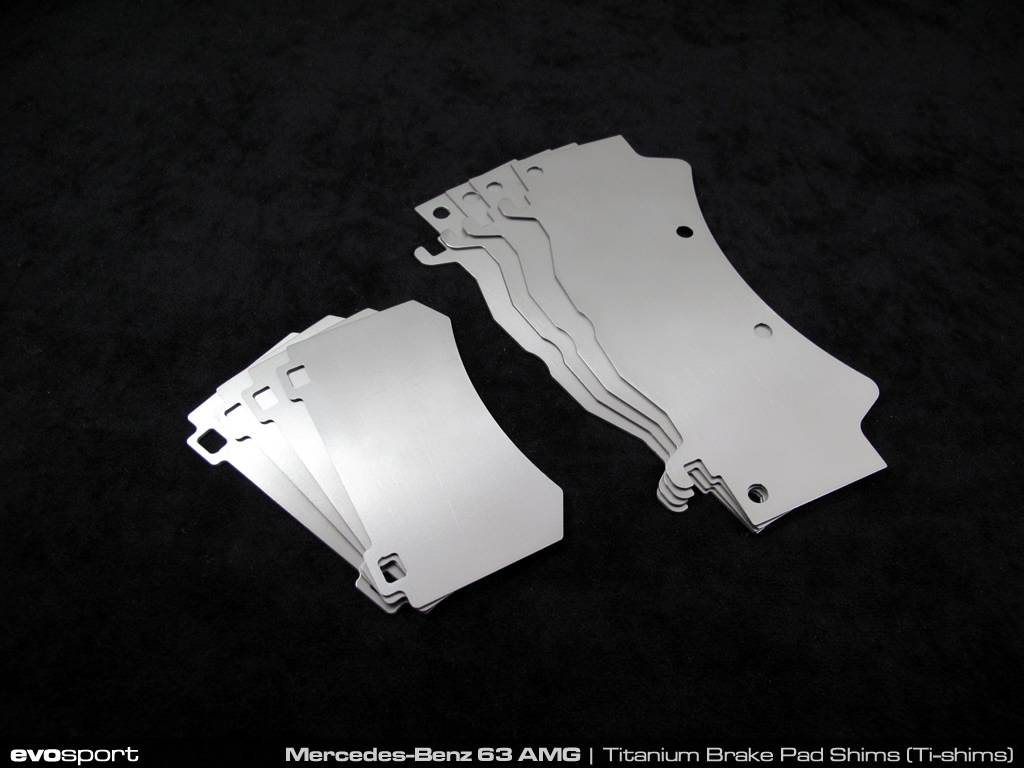
Titanium Heat Shields
If brake calipers are not coated with titanium, then titanium heat shields can also be utilized, to “shield” heat from affecting the brake fluid. These heat shields are cut to be approximately the same size as the brake pads themselves, and are used like a shim that fits between the pads and the pistons.
By using titanium thermal heat shields, one can actually reduce the amount of heat transference to the rotor by as much as 50%.
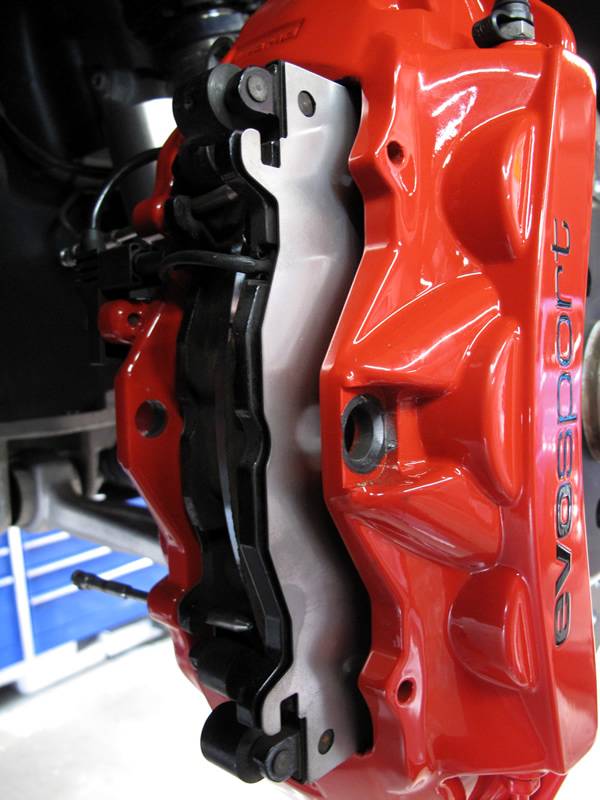
Titanium is a good choice for use as a heat shield because of its lightweight properties and its resistance to corrosion. Typically, a titanium heat shield will only add 5 ounces of weight per wheel, so the drawbacks of using them are minimal.
You can see by looking at the following chart the differences in thermal conductivity between the different brake caliper component materials (lower numbers are better):
|
Material |
Grade |
Thermal Conductivity |
|
Aluminum |
7075 – T6 Alloy |
130 |
|
Steel |
1330 |
51.9 |
|
Steel Alloy |
4118 |
44.5 |
|
Stainless Steel |
304 |
21.5 |
|
|
310 |
14.2 |
|
Titanium |
CP, commercially pure, Grade 2 |
16 |
|
|
3.2 Al-4V alloy |
11.8 |
|
|
6Al-4V alloy, Grade 5* |
6.7 |



